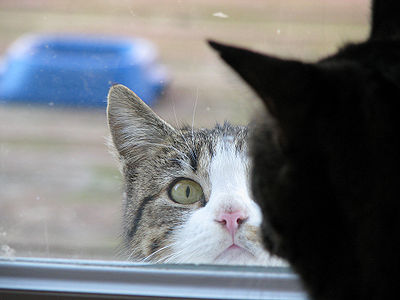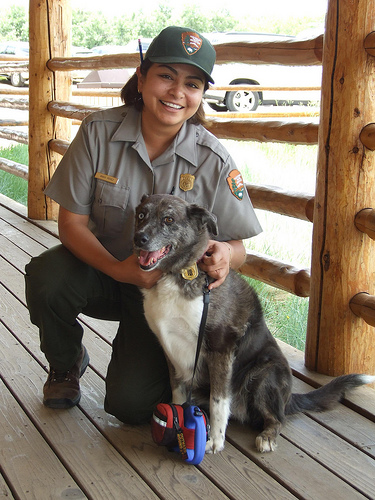
While most pets adjust fairly easily to new surroundings, cats often have difficulty coping with change. But there are things you can do to help your outdoor cat manage the move. Outdoor cats may even find moving less traumatic and filled with lots of new smells and adventures that peak their curiosity.
Before moving, bring some of your cat’s toys or familiar objects to the house. A crate large enough to place a litter box, food & water dishes inside, is a good purchase. Don’t let your cat outdoors unattended for a couple of weeks. Allow him/her to explore through the new house, but keep your cat crated for a good part of the time.
Make sure your cat’s ID tag has all the current information. If your cat doesn’t have a microchip, it’s a good idea to get one before the move. Your cat should also be current with all vaccinations.
When you’ve settled in, take your cat outdoors with a harness and leash. Let your cat sniff around the new garden. You can take your leashed cat for a short walk around the neighborhood to become acquainted with all the new sights, sounds and smells.
Getting used to the new environment can take several weeks, so be patient. If possible, have a cat flap put in or leave a door slightly open when the cat is outside for an avenue of escape to the indoors.
There are special fences available that will keep your cat confined to your garden while keeping other unwanted creatures out. You might consider installing such a fence.
If you haven’t moved far from your original house, your cat may continue to go back there. It’s a good idea to alert the neighbors and new owners of your old house to inform you if your cat shows up there. If your cat continues to return to the old neighborhood, as sad as it might be for you, you might ask if the new owners or a neighbor would adopt the cat. If all else fails, your concern has to be for the safety of the cat.
Related Articles



